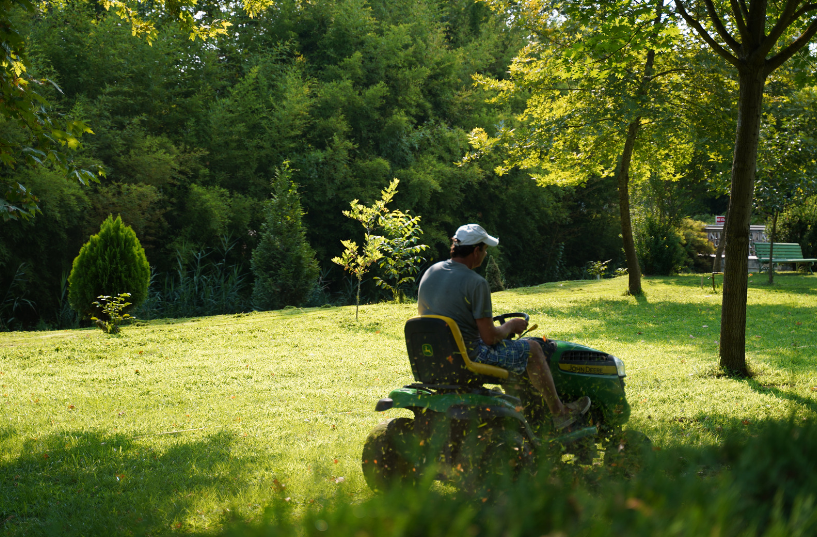What Landscaping Can You Do In The Winter?
Garden Landscaping In Winter Months
Why Landscape Your Garden During Winter?
‘Little and Often’ Garden Maintenance
Regularly carrying out garden maintenance and landscaping tasks during the winter months means that you don’t let it all build up until the spring. This means that it takes less time to do a ‘spring clean-up’ of your garden when the garden is at its messiest after the trees have lost leaves and flowers have died.
Hard Landscaping
The winter months are the perfect time to invest in hard landscaping features such as patios, fencing, retaining walls, outdoor kitchens, garden lighting and irrigation systems. The garden will generally be dormant during this time, making it easier to plan and install these kinds of features.
Less Disturbance
Planning a garden re-design or installing new garden landscaping features can be disruptive. This is why the winter months are an optimal time to spruce up your outdoor space, while the family aren’t using it as much and you aren’t hosting guests outdoors.
There is also minimal disturbance to local wildlife when garden landscaping during the winter, when many animals are hibernating or have left the local area.
In addition to this, your neighbours are more likely to be inside during the winter months and so will be less affected by any noisy work that goes on in your garden.
Easier to Maintain New Features
New plants and lawns that are installed in the winter months are much easier to maintain because there is naturally higher rainfall. This means that they can be more likely to survive than in the summer, when a sprinkler system or another water system may be needed in order to keep them alive.
Working with Top Landscaping Companies in Richmond, BC
Most people begin planning changes to their garden during the spring and summer, because these are the times when they are using it the most. This means that the waiting lists for top landscaping companies in Richmond are generally shorter in the winter months than the summer months, so you won’t have to wait as long for your dream garden to be realized.
Garden Lighting
Garden lighting can be tested more thoroughly in the winter months, because of the reduced hours of daylight. This means that you can be sure there is enough lighting in your garden, and that the position of all your lights is correct.
What Garden Landscaping and Garden Maintenance Should I be Doing During Winter?
- Keep your lawn tidy. Rake any leaves and remove any branches on your lawn in order to avoid killing the grass underneath it.
- Apply mulch around trees, plants and shrubs. This controls loss of water, soil erosion and provides an extra layer of protection from frost in the winter months.
- Brush snow and ice off branches. Heavy snow can cause branches to snap, making them more susceptible to disease during the winter.
Richmond Lawn Care with Richmond Landscaping Trimzi
If you aren’t sure where to start with your winter garden landscaping, give Richmond Landscaping Trimzi a call to discuss your lawn care and landscaping needs. We offer services in all areas of garden maintenance and landscaping, from paver installation through to
commercial lawn mowing.
You might also like





